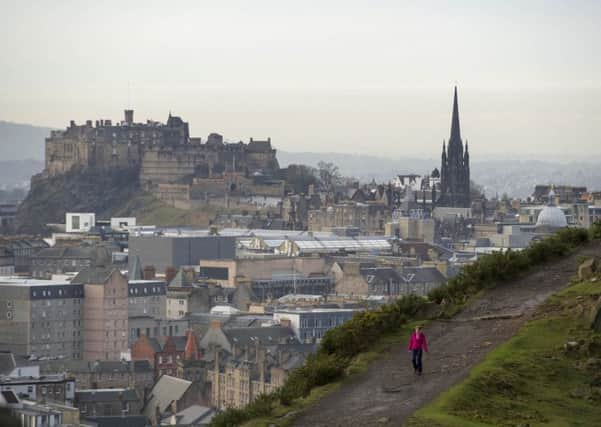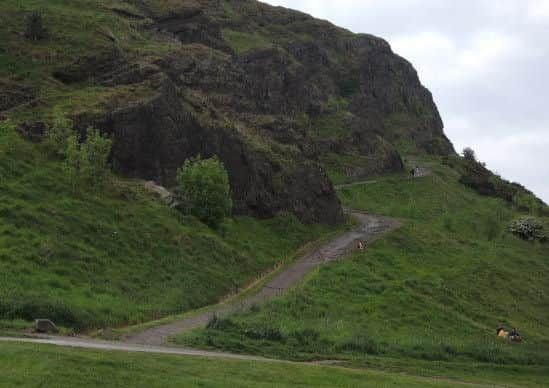The forgotten history of Edinburgh's Radical Road


Less than one mile from Princes Street is the site of Holyrood Park; a 650-acre inner-city oasis which was once a royal hunting estate before its designation as a park by King James V in the 16th century.
The Radical Road sits approximately halfway up the side of the 151ft Salisbury Crags; the series of cliffs which in turn make up the ever-popular Arthur’s Seat.
Advertisement
Hide AdAdvertisement
Hide AdThe steep-sided pathway got its name from the unemployed West of Scotland weavers who were set to work paving a track round Salisbury Crags, following their failed efforts during the Radical War of 1820.


This Scottish Insurrection came as a result of social unrest from workers fed up with what they perceived to be unjust working and living conditions from the government. Monday 3 April 1820 gave rise to a national strike which began in Glasgow, with protest leaders across the country arrested and some executed or transported to the colonies for their actions.
After King George IV visited the city in 1822, author Sir Walter Scott suggested that unemployed weavers could be used to build a handy footpath around the route.
If you can pull your attention away from the extinct volcano that is Arthur’s Seat, the Radical Road offers great views from Edinburgh over towards Fife, the Ochils and the Pentlands. As an added bonus for those who fear heights, the Radical Road is safer for those walking animals or young children, as it’s not as tall as Salisbury Crags.


Once your walk is completed, take a visit to the nearby Duddingston Loch - the only natural loch in Holyrood Park, and one which is regularly frequented by ducks and swans.